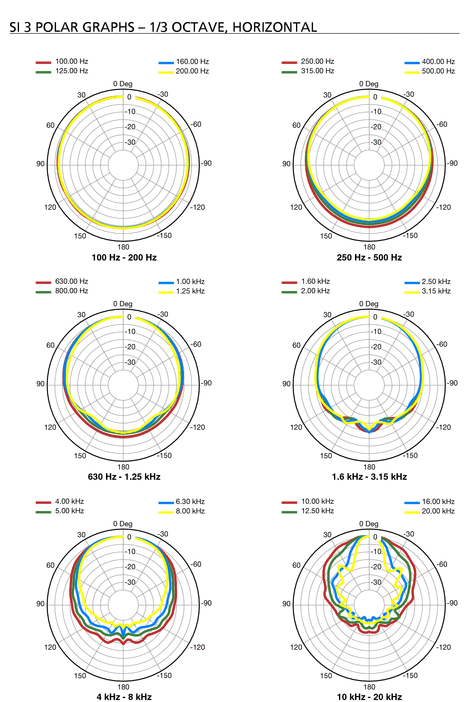This will bore those who have been working this angle for years, but over the last week I have learnt a lesson that has saved me a lot of money.
i have been looking for new speakers, auditioned several, and been living with a pair of Dynaudio Excite X12s that a mate loaned me. I liked the treble and the bass was plentiful but for some reason it just did not come together. The bass was overblown and it was upsetting the whole balance and making for a very tiring listen.
i had been looking for advice and I had stuck to my normal rules for rear ported speakers, i.e. Spikes to the floor and blutack on the top plate of the stand. Then away from the wall and a little toed in. Except, this time, it did not work and I had basically given up until the experts on room acoustics and placement got their teeth into me.
It turns out that my speakers had a small hump in their upper bass response that coincided with the size and acoustics of my room. My attempts to resolve the issue, based upon trial and error, made it worse.
So I followed advice and the speakers are now as close to the rear wall as the wires will allow. The foam bungs are in the rear ports, and the close proximity of the rear wall is giving me all the tight bass that I want and made this little speaker really sing.
So my lesson is to be more open minded and not to give up too easily.
i have been looking for new speakers, auditioned several, and been living with a pair of Dynaudio Excite X12s that a mate loaned me. I liked the treble and the bass was plentiful but for some reason it just did not come together. The bass was overblown and it was upsetting the whole balance and making for a very tiring listen.
i had been looking for advice and I had stuck to my normal rules for rear ported speakers, i.e. Spikes to the floor and blutack on the top plate of the stand. Then away from the wall and a little toed in. Except, this time, it did not work and I had basically given up until the experts on room acoustics and placement got their teeth into me.
It turns out that my speakers had a small hump in their upper bass response that coincided with the size and acoustics of my room. My attempts to resolve the issue, based upon trial and error, made it worse.
So I followed advice and the speakers are now as close to the rear wall as the wires will allow. The foam bungs are in the rear ports, and the close proximity of the rear wall is giving me all the tight bass that I want and made this little speaker really sing.
So my lesson is to be more open minded and not to give up too easily.


